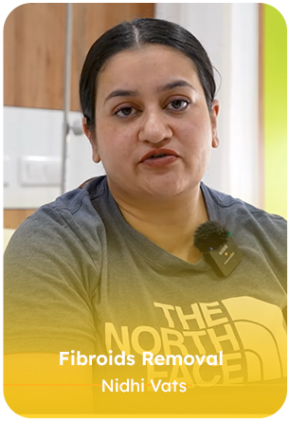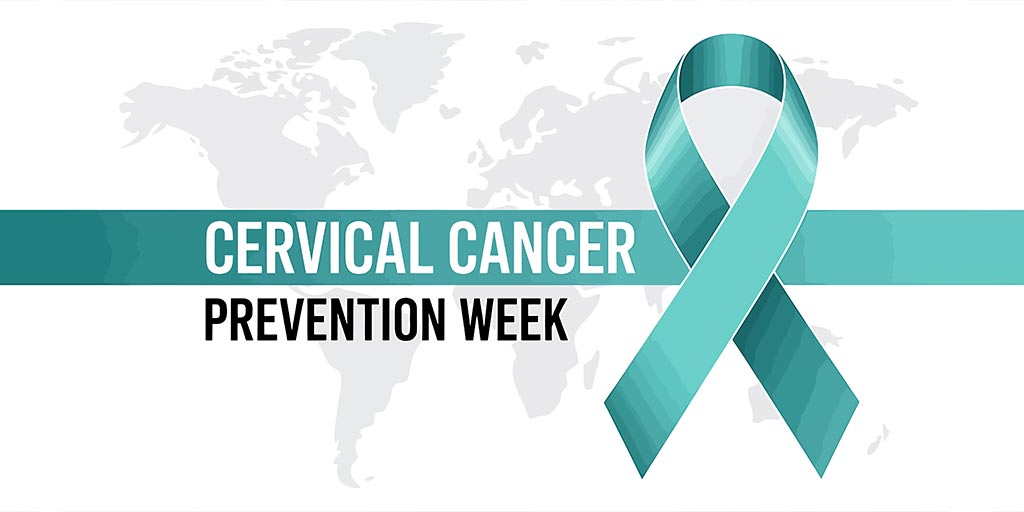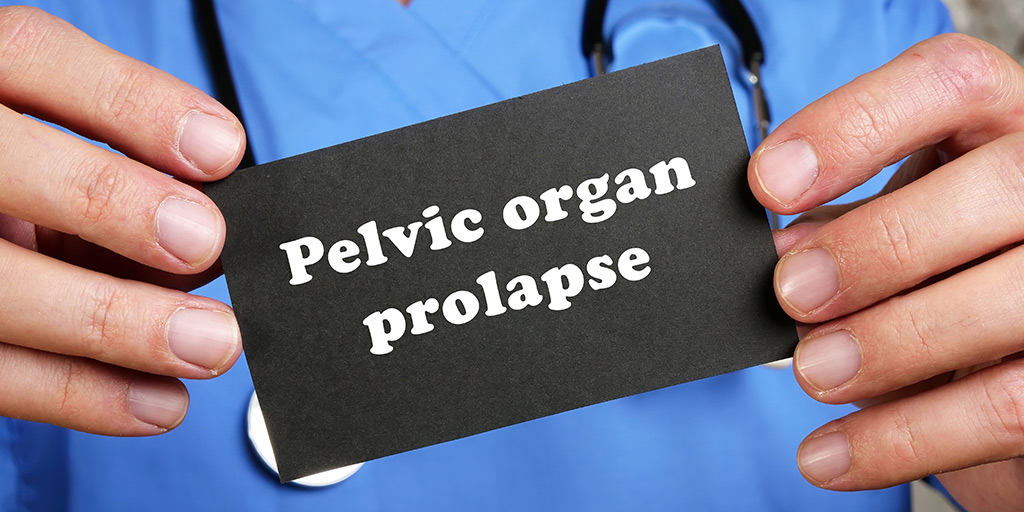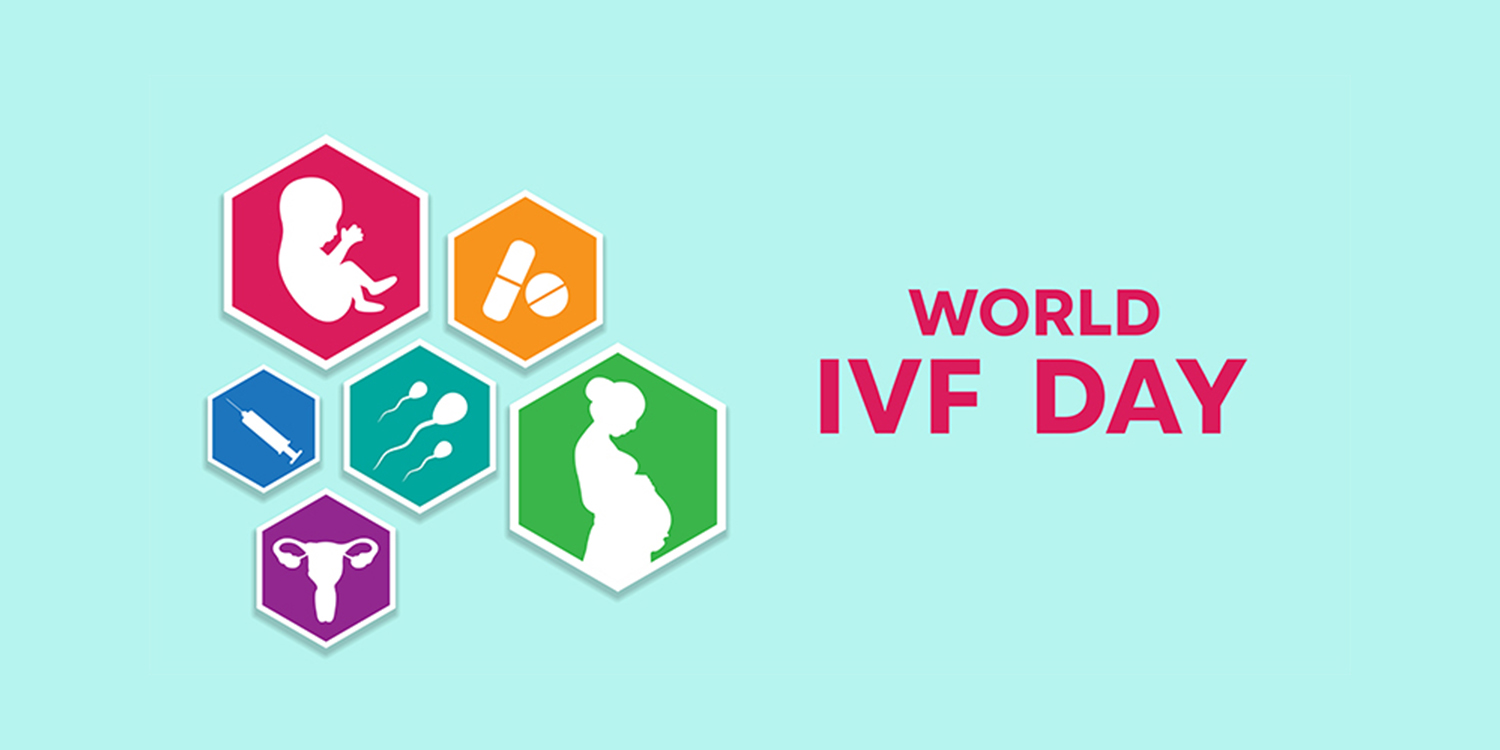Myomectomy is a uterus-preserving surgery performed to remove uterine fibroids, also known as myomas. It is often recommended for women who experience fibroid-related symptoms but wish to retain their uterus for future fertility. For those considering myomectomy, the Department of Obstetrics & Gynaecology at Graphic Era Hospital offers personalised treatment plans, thorough preoperative evaluation, and comprehensive recovery support. Depending upon the size, number, and location of fibroids, our team of experienced gynaecological surgeons uses advanced techniques, including laparoscopic and hysteroscopic, as well as open approaches to perform the procedure. Whether it is for symptom relief, improved reproductive outcomes, or enhanced quality of life, we are committed to safe and effective fibroid removal.
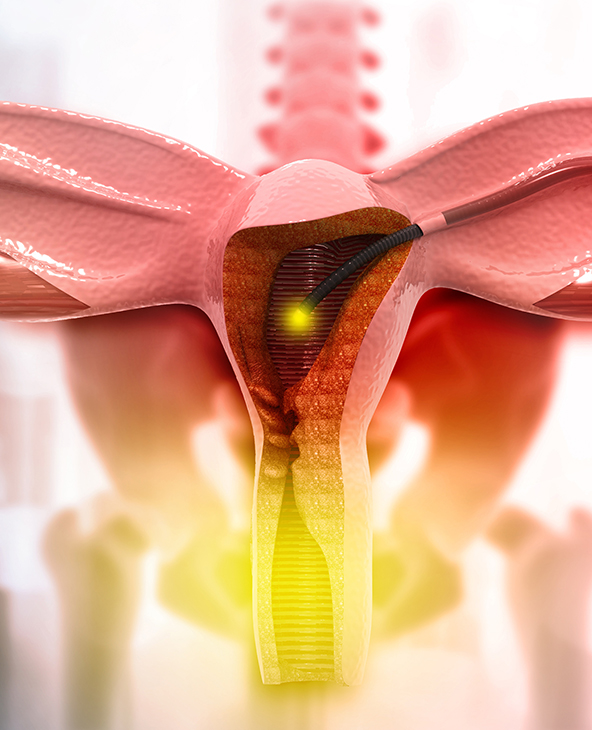
When to Seek Evaluation for Uterine Fibroids
Uterine fibroids are common non-cancerous growths that can cause a range of symptoms depending on their size and location. While some fibroids remain asymptomatic, others may lead to significant discomfort or affect fertility. It is important to consult a gynaecologist if any of the following symptoms are experienced:
- Heavy or prolonged menstrual bleeding
- Pelvic pain or persistent pressure sensation
- Frequent urination or difficulty emptying the bladder
- Constipation or abdominal bloating
- Pain during sexual intercourse
- Lower back pain without other obvious causes
- Noticeable swelling or mass in the lower abdomen
- Difficulty conceiving or recurrent miscarriages
- Anaemia due to excessive blood loss
- Menstrual irregularities unresponsive to medication
Schedule Your Appointment with
Our Expert Doctors
We are dedicated to driving lasting, positive transformation in healthcare management through innovation and patient-centered solutions.
Types of Myomectomy Procedures Offered at Graphic Era Hospital
At Graphic Era Hospital, fibroid removal is tailored to each patient’s clinical profile and reproductive goals. Our specialists offer multiple surgical options to ensure effective treatment with minimal disruption to overall health and fertility.
- Laparoscopic Myomectomy: A minimally invasive surgery using small abdominal incisions and a camera-guided approach to remove fibroids. This technique offers faster recovery, reduced scarring, and less postoperative pain.
- Hysteroscopic Myomectomy: Performed through the vagina and cervix without any external incisions, this method is ideal for removing submucosal fibroids that distort the uterine cavity.
- Open Myomectomy: Traditional abdominal surgery used when fibroids are too large or numerous for minimally invasive procedures. It provides direct access to the uterus but requires a longer recovery time.
- Lap Myomectomy Surgery: A refined laparoscopic technique used for deep or multiple fibroids, ensuring minimal blood loss and precise excision while preserving the uterus.
- Fibroid Removal with Bonney Myomectomy Clamp: This specialised clamp is used during surgery to reduce intraoperative bleeding and improve surgical efficiency, especially in open procedures.
Why Choose Graphic Era Hospital for Myomectomy?
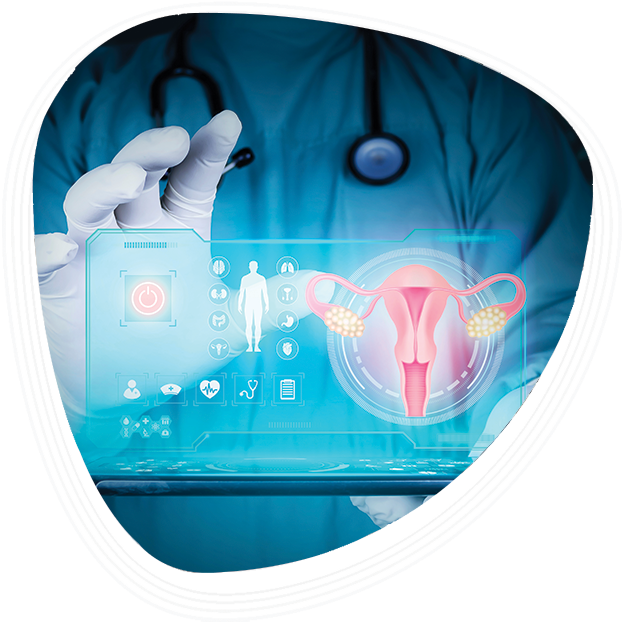
Preparing for Myomectomy Surgery at Graphic Era Hospital
Successful outcomes begin with thorough preparation. At Graphic Era Hospital, patients undergoing myomectomy receive structured pre-operative support to ensure safety, comfort, and clarity at every stage.
Preoperative Evaluation
- Comprehensive gynaecological history and physical examination
- Imaging studies such as pelvic ultrasound or MRI for fibroid mapping
- Routine blood work and anaesthesia fitness assessment
Patient Counselling
- Detailed explanation of surgical options: laparoscopic, hysteroscopic, or open
- Discussion of potential risks, benefits, and recovery expectations
- Clarification on fertility outcomes and timelines for future pregnancy
Pre-surgery Instructions
- Guidance on medication adjustments prior to surgery
- Fasting and hygiene protocols to be followed before the procedure
- Tips on arranging post-surgery assistance and rest period at home
Post-Myomectomy Support and Fertility Care
Recovery and reproductive planning are essential parts of the myomectomy journey. At Graphic Era Hospital, patients receive ongoing care and guidance to ensure smooth healing and long-term health after surgery.
- Personalised Recovery Plans: Recovery timelines vary based on the type of myomectomy performed. Patients receive tailored instructions regarding physical activity, wound care, and follow-up visits to promote optimal healing.
- Monitoring and Follow-Up: Regular post-operative check-ups help track recovery progress, manage any discomfort, and detect early signs of recurrence if present.
- Post Myomectomy Pregnancy Support: Women planning for pregnancy after surgery are supported with fertility assessments, ovulation monitoring, and conception planning based on uterine healing and individual health factors.
- Gynaecological and Hormonal Care: Ongoing evaluation of menstrual cycles and hormonal balance is offered to manage any residual symptoms and maintain reproductive well-being.
- Emotional and Lifestyle Guidance: Counselling and support services are available to address emotional concerns, provide nutritional advice, and ease the transition back to daily routines.
Top Procedures
- Laparoscopic myomectomy
- Hysteroscopic myomectomy
- Open abdominal myomectomy
- Lap myomectomy surgery
- Fibroid removal using Bonney myomectomy clamp
- Laparoscopy for fibroids
Patient Stories
Blog
Frequently Asked Questions (FAQs)
What is myomectomy and how is it different from a hysterectomy?
Myomectomy is a surgical procedure to remove uterine fibroids (myomas) while preserving the uterus. Unlike a hysterectomy, which involves complete removal of the uterus, myomectomy is ideal for women who wish to retain fertility or avoid major reproductive surgery.
What are the main types of myomectomy procedures available?
The main types include laparoscopic myomectomy, hysteroscopic myomectomy, and open myomectomy. The choice depends on the size, number, and location of the fibroids.
Is laparoscopic myomectomy suitable for all fibroid cases?
Laparoscopic myomectomy (also known as lap myomectomy or lap myomectomy surgery) is ideal for smaller or fewer fibroids. Large, deep, or multiple fibroids may require open surgery or other approaches.
What is the role of the Bonney myomectomy clamp in fibroid removal surgery?
The Bonney myomectomy clamp is used during open myomectomy to control bleeding by temporarily reducing blood flow to the uterus. It enhances safety and visibility during fibroid excision.
Can I conceive after a myomectomy?
Yes, many women achieve successful post myomectomy pregnancy, especially when the uterus is carefully reconstructed. However, it’s important to allow sufficient healing time and undergo fertility evaluation before trying to conceive.
How do I know if I need surgery to remove uterine fibroids?
Surgery is recommended if fibroids cause heavy bleeding, pain, pressure symptoms, or infertility. A gynaecologist may suggest a myomectomy procedure if medication fails to control symptoms.
Is fibroid removal surgery safe?
Yes, fibroid operation is generally safe when performed by experienced surgeons. Minimally invasive techniques like laparoscopy for fibroids reduce complications and recovery time.
How long does recovery take after a myomectomy?
Recovery depends on the type of procedure. Laparoscopic and hysteroscopic myomectomy usually require 1–2 weeks of rest, while open myomectomy may take 4–6 weeks.
Will fibroids come back after surgery?
Fibroids may recur, especially in younger women. Regular follow-ups and hormonal monitoring can help detect recurrence early.
Where can I find reliable care for uterine fibroids surgery near me?
Graphic Era Hospital in Dehradun offers expert-led fibroid removal surgery, including all forms of myomectomy, with a focus on patient safety, fertility preservation, and personalised care.




